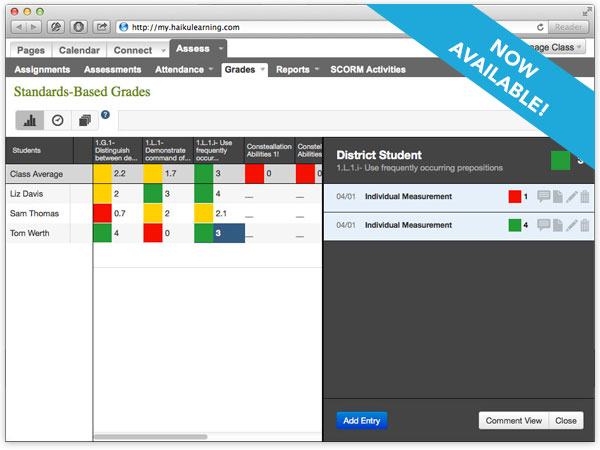In today’s rapidly evolving technological landscape, low-code automation has emerged as a powerful tool for organizations seeking to streamline their processes and increase efficiency.
However, despite its growing popularity, some widely held misconceptions about low-code automation have a reason to overthrow. In this blog post, let us address and clarify 11 of the most frequently misunderstood aspects of low-code automation, shedding light on the true potential and benefits this innovative solution offers.
Clearing up these misunderstandings, we hope to help readers make informed decisions about adopting low-code automation and harness its transformative capabilities for their businesses.
AI Image generated by Blue Willow
What Is Low-Code Automation?
Low-code automation refers to utilizing low-code workflow automation software to streamline and simplify the process of building and deploying applications. This innovative approach enables organizations to create software solutions with minimal hand-coding, utilizing a visual interface and pre-built components.
It Knocks out for comprehensive programming knowledge, and low-code automation empowers users to develop rapidly and implement custom applications.
This technology also allows for the automation of repetitive tasks and the integration of various systems, enabling businesses to boost productivity and create low-code digital transformation.
With low-code automation, organizations can shorten the development cycle, enhance efficiency, and accelerate change.
Debunking the Top 11 Misconceptions About Low-Code Automation
1. Misconception: Low-code automation is only for “no code” developers.
Contrary to widespread belief, low-code automation is not exclusive to “no code” developers. While it does provide an accessible platform for non-technical users to build applications, it also caters to professional developers with coding expertise. Low-code platforms offer a range of customization options, allowing developers to leverage their skills and create complex solutions that align with specific business requirements.
2. Misconception: Low-code automation lacks flexibility and scalability.
One of the biggest misconceptions about low-code automation is that it sacrifices flexibility and scalability. Modern low-code platforms provide extensive integration capabilities, enabling seamless connectivity with existing systems. These digital automation platforms offer APIs, connectors, and other tools to integrate applications with external software, databases, and services. This flexibility ensures that organizations can scale their solutions as their needs evolve.
3. Misconception: Low-code automation limits the ability to customize workflows.
Some believe that low-code automation restricts customization options for workflows. However, leading low-code platforms offer powerful workflow management features that allow for highly configurable and adaptable processes. Users can define complex workflows, set business rules, and incorporate decision-making logic. These platforms provide the flexibility to create tailored workflows that align with unique business processes and requirements.
4. Misconception: Low-code automation is only suitable for simple applications.
Another misconception is that low-code automation is suitable only for simple applications. However, modern low-code platforms can support the development of complex and enterprise-grade applications. With advanced features like data modeling, security controls, and app integration capabilities, organizations can create robust applications that address intricate business needs.
5. Misconception: Low-code automation leads to vendor lock-in.
It assumed that adopting low-code automation would result in vendor lock-in, limiting an organization’s ability to switch platforms. However, reputable low-code platforms prioritize interoperability and data portability. They offer open standards and facilitate seamless migration of applications to other platforms, ensuring that organizations have the freedom to choose and switch vendors when necessary.
6. Misconception: Low-code automation is not secure.
Security concerns are habitually increasing when it comes to low-code automation. However, top low-code platforms prioritize security and incorporate robust measures to protect applications and data. These platforms ensure data encryption and user access controls and implement care practices, making low-code automation secure for application development and deployment.
7. Misconception: Low-code automation replaces the need for IT departments.
Some fear that low-code automation will replace the need for IT departments. On the contrary, low-code platforms empower IT teams by allowing them to focus on high-value tasks and strategic initiatives. IT professionals can oversee governance, security, and integrating aspects while citizen developers leverage low-code tools to create applications, fostering a collaborative and efficient development environment.
8. Misconception: Low-code automation lacks extensibility.
Low-code automation is a misconception as it lacks extensibility and the ability to incorporate custom code. However, low-code platforms offer extensibility options that allow developers to write custom code when necessary. This flexibility enables organizations to leverage existing code assets and seamlessly integrate them within low-code applications, combining the best of both worlds.
9. Misconception: Low-code automation is only suitable for industries.
There is a misconception that low-code automation is only suitable for specific industries. It has widely spread applications across business industries such as finance, healthcare, manufacturing, etc. Low-code platforms provide industry-specific templates, accelerators, and integrations, making them adaptable to various sectors and their unique requirements.
10. Misconception: Low-code automation results in poor user experience.
Contrary to belief, low-code automation platforms focus on delivering exceptional user experiences. These platforms provide intuitive interfaces, online form builders, drag-and-drop capabilities, and real-time previews, making it easy for users to build and test applications. By prioritizing usability and design, low-code platforms ensure customers have a seamless and engaging experience with the applications.
11. Misconception: Low-code automation is just a trend that will fade over time.
While some may perceive low-code automation as a passing trend, it is proving to be a transformative force that is here to stay. As organizations increasingly prioritize digital transformation, the need for rapid application development and automation will continue to grow. Low-code platforms offer the agility and efficiency required to meet these demands, making them an invaluable tool for businesses.
Eliminating these misunderstandings, it becomes evident that low-code automation is a powerful solution that empowers organizations to develop and deploy applications quickly, automate workflows, integrate systems, and drive digital transformation initiatives.
Why Is Low-Code Automation Advantageous?
The benefits of low-code automation include:
- Speedy Development: Low-code platforms accelerate application development, reducing time-to-market.
- Cost Savings: Less coding means reduced development costs and fewer maintenance expenses.
- Increased Productivity: Empowers citizen developers, making it easier to create applications.
- Enhanced Efficiency: Streamlines processes and automates repetitive tasks.
- Scalability: Easily scale applications to meet growing business needs.
- Innovation: Promotes rapid prototyping and experimentation.
- Accessibility: Allows non-technical users to participate in app development.
- Better Collaboration: Fosters collaboration between IT and business teams.
- Reduced Errors: Minimizes coding errors and improves software quality.
- Adaptability: Quickly respond to changing business requirements.
- Competitive Advantage: Stay agile and competitive in the digital age
Closure
Demystifying these eleven widespread misconceptions surrounding low-code automation clarifies its capabilities and underscores its versatility in solving complex business challenges. By dispelling these myths, organizations can better appreciate how low-code automation can reduce development cycles, empower citizen developers, enhance scalability, and contribute to their competitive advantage in the digital age.






Leave a Comment